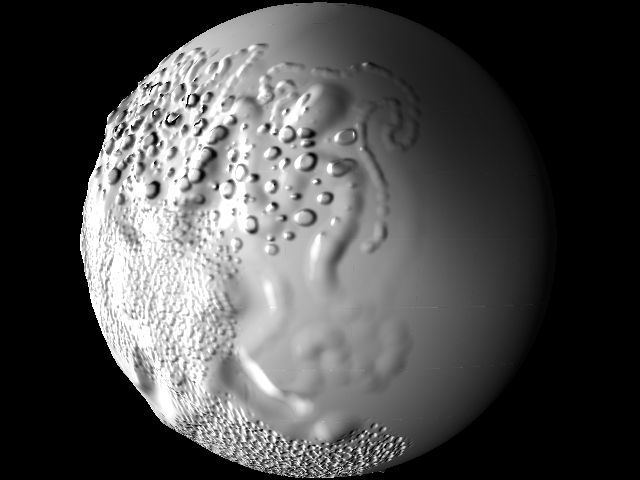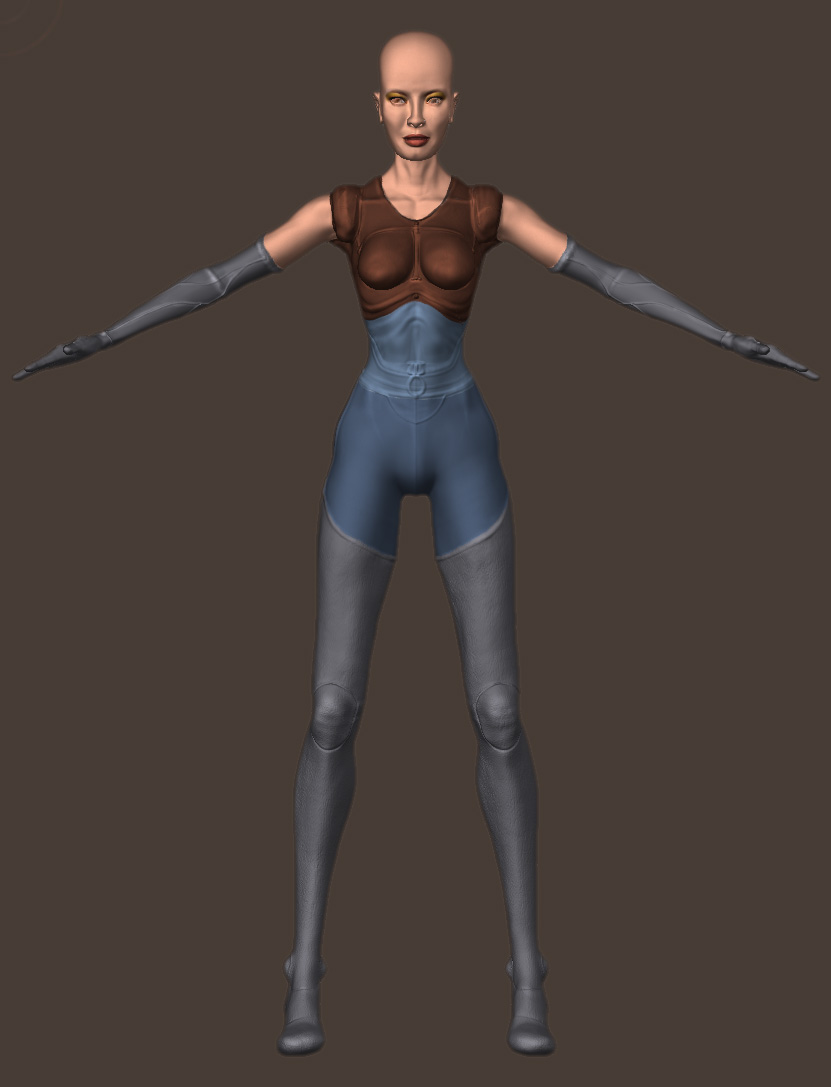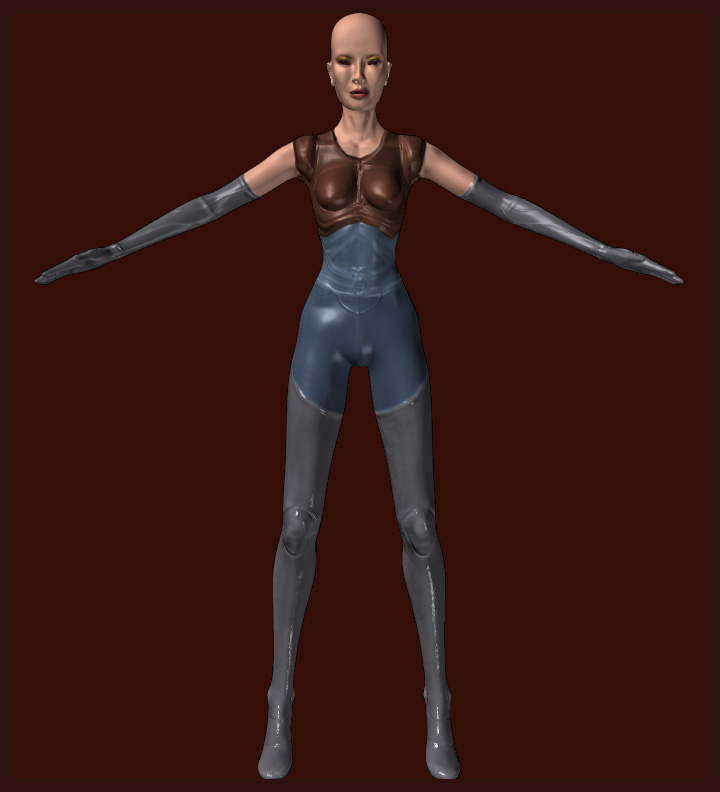Hey Rayo,
In a nutshell; yes, Lightwave is not displacing the mesh correctly, no matter what you do. Normal maps through the TBNormalMap shader does a far better job than bump channel in Lightwave to give the illusion that 90% of people will agree is the greatest thing on earth. Isn’t that what 3D is all about? It is just a grand illusion, nothing exists apart from it.
So, to me, a problem is just a problem to be solved, to the best of one’s ability, which is why I spent so much time coping with the software’s (Lightwave) shortcomings as I know that many will share the same frustrations. If I can alleviate another’s suffering through my own efforts, that is reward in itself.
yes, normal maps are the greatest thing to happen for gamers because it allows a new level of detail impossible with traditional technology and work arounds. While I don’t work at game engines, I am concerned about putting product to market in the shortest time and lowest cost involved as possible. So if a technology appears that can shorten this time, I embrace it with passion, as tests with clients has shown that they cant really tell the difference, i.e. a good job is a good job regardless of how it is achieved. The inverse is also true.
I’m at version 8.5 and trying to get as much as possible out of 8.5 before switching to 9.? As history has indicated, I don’t think V9 will be useable until the end of 2006. I just use tools as best a[pplicable to the task at hand. For example, I will never use Lightwave for large scale factory, city visualisations; as it is a most inefficient application for such endeavours. I use FormZ and more recently 3DS Max for such tasks. As do most of my peers, who also own Lightwave; while they render and animate with Lightwave, most of the hardcore construction work is done with Max or FormZ. As an example, I can extrude an entire flloor of a hospital in a day with the dxf file from the architect with FormZ or MAX, try doing that with Lightwave…
While 3ds Max has been touted as the de facto application for character animation, my own experience has shown otherwise. i.e. I can get more character work done in Lightwave in the same amount of time. When zBrush came along, it just accelerated the creation process for character work; which is why I’m sticking with Lightwave. This does not negate 3DS Max as 60,000 other users will testify. Use whatever you think is best to get the job done in the shortest possible time. In this aspect, I must confess that I have no loyalties to software, it is just a tool. I own 3DS Max 7, Lightwave 8.5, FormZ 4 and Cinema4d and BodyPaint, Zbrush, RayDream Designer and God forbid, Macromedia InfiniD.
With hindsight, I can safely say, choose TWO 3D programs and work with it, in conjunction with zBrush. This I think will satisfy most commercial productions and personal projects; rather than argue who is the best OVERALL program… there is no such thing…
To elaborate, while normal maps were first touted for use with games, the technology is applicable for use with higher resolutrion meshes such as SubD surfaces. So , If i can get a character animation done with the lowest or medium density mesh possible while maintaining an illusion of high resolution in the shortest possible time, to me, it generates an immerse personal satisfaction… And in this area, zBrush has no equal. For example, my first head in Max took six weeks, it took me six hours in zBrush (it is not an entirely fair comparison as I have improved as an artist in the 3 years since acquiring Max; still, I can never achieve what I can with ZB in Max, even now). Texturing took days in BodyPaint while in zB it took less than an 8 hour day.
Bottom line, I think for me now, Lightwave and ZB makes for a very convincing partnership in my quest for 3D character prowess. It is, as always, a lifelong quest. I wish you all the best in your journey.
I wish you all the best in your journey.



 Please let us know if you are testing out the beta LW 9 to see if the discrepancies between the two images (ZB /LW) you show below will be fixed. Particularly in the collar area, LW is not interpreting that well and some of the bumps as well.
Please let us know if you are testing out the beta LW 9 to see if the discrepancies between the two images (ZB /LW) you show below will be fixed. Particularly in the collar area, LW is not interpreting that well and some of the bumps as well.



 but the next time, before applying texture…always make SURE you are really happy with the model’s outcome from modeling itself… Because i have that weird feeling you could have gone WAY crazier with the modeling on this char and the texture applied to that whould devenitly would have gone Toprow
but the next time, before applying texture…always make SURE you are really happy with the model’s outcome from modeling itself… Because i have that weird feeling you could have gone WAY crazier with the modeling on this char and the texture applied to that whould devenitly would have gone Toprow 